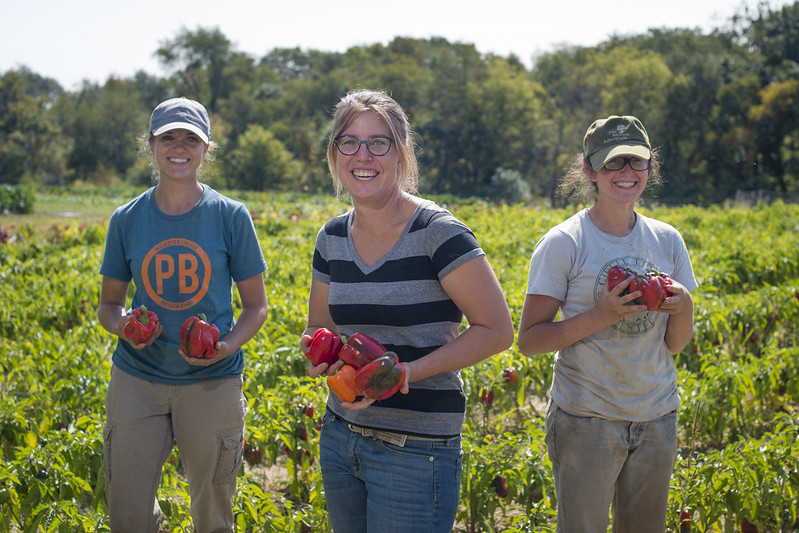Fighting Poverty with Dirt: Soil Mapping


The Basics of Soil Mapping
Soil maps catalog features and soil types in an area. Early on,soil mapping was done using field and lab observation. With the advent of more advanced technology, soil mapping is now done digitally while still using data. This data can be collected in multiple ways. It can be as simple as a special drill called a bucket auger and a single aerial photo of the land or as complex as using special geospatial software.
Once collected, the map is created in a grid layout, with each cell representing a different location. Soil mapping often tests the amount of nutrients in soil, allowing for more efficient farming and more effective use of products like fertilizer.
The Upsides of Soil Mapping
- Improving farming profit: Creating better soil produces more crops. Many farmers in developing countries use their crops as a form of survival and use what little is left over as products to sell. This is known as subsistence farming. By optimizing the use of fertilizers and other products with soil mapping, more crops are available to market while still feeding producers. The estimated increased yield is about 4-9%.
- Creating sturdier crops: Temperature changes and natural disasters can quickly tank a harvest. By using soil mapping, crops become more resilient and more able to survive harsh or fluctuating conditions.
- Improving soil health: Continents like Africa struggle with inconsistent soil health and high fertilizer prices due to inflation. Preventing resource waste is critical when costs are so high. Creating detailed soil maps provides important information that can help restore soil and reduce waste. Restoring soil health means more crops can grow, which means more profit for the people who need it most.
- Improving nutrition: More nutrients in the soil mean more nutrients in the food that the soil produces. Nutritious food is crucial for preventing malnutrition and health problems in low-and middle-income countries.
- Long-lasting solution: Soil maps are a local solution to food insecurity. They are more sustainable than direct aid because they allow for more output year after year. Providing more than just food, the extra crops taken to market can provide other critical needs.
The Global Soil Partnership
Soil mapping supports improvised communities globally, especially through government-run programs. The biggest program of this type is the Global Soil Partnership. The program uses 500 experts from 52 countries to create soil maps and databases to combat problems like food insecurity. These mapping programs are especially helpful in Africa and South America, where the climate can be volatile and many people are malnourished.
What’s Ahead?
Soil mapping demonstrates that technology and progress can also help end poverty. Large problems require innovative and scalable solutions and soil mapping qualifies. It is not necessary to only use traditional human labor to assist those who need help. Technology can assist grassroots and nonprofit groups in providing lasting solutions. The results show the power of human advancement.
– Meredith Wyrick
Meredith is based in Magnolia, TX, USA and focuses on Good News and Global Health for The Borgen Project.
Photo: Flickr
